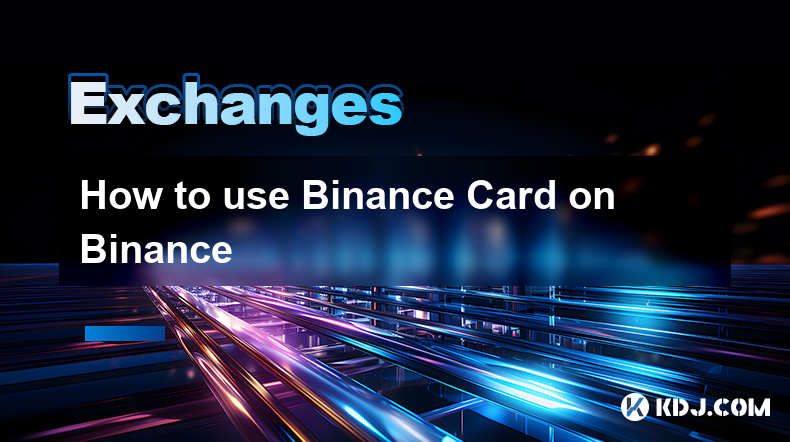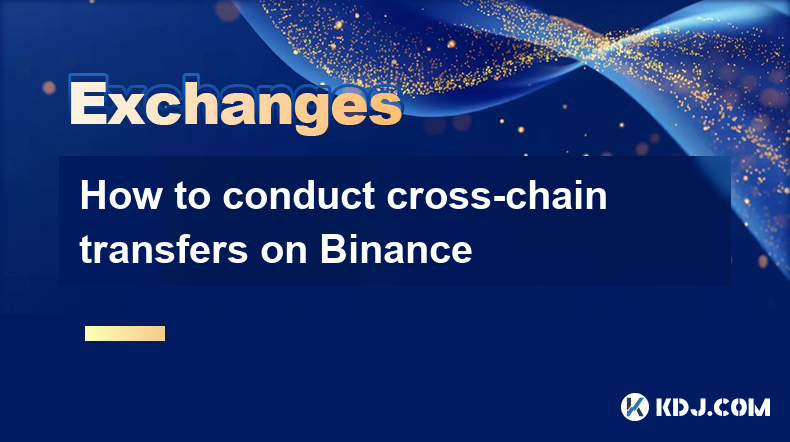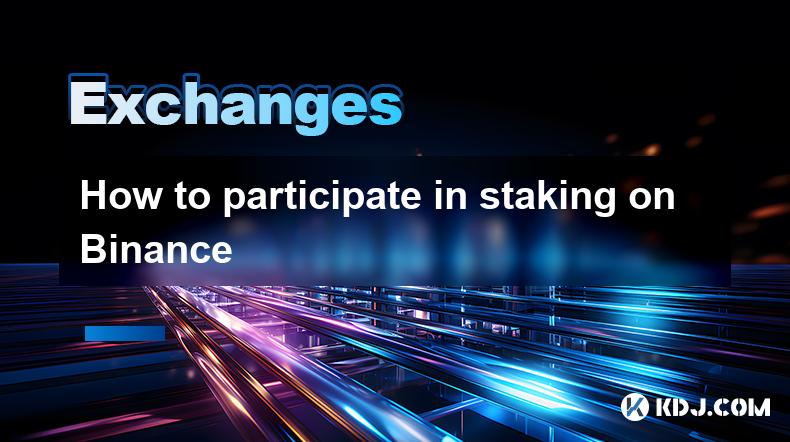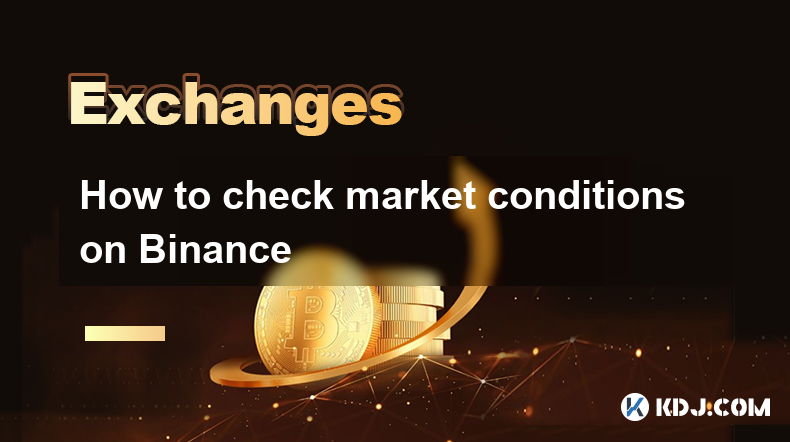-
 Bitcoin
Bitcoin $88,339.1961
0.91% -
 Ethereum
Ethereum $1,623.6446
-1.44% -
 Tether USDt
Tether USDt $1.0000
0.00% -
 XRP
XRP $2.0967
-1.79% -
 BNB
BNB $605.9401
0.19% -
 Solana
Solana $139.2951
-0.86% -
 USDC
USDC $0.9999
0.00% -
 Dogecoin
Dogecoin $0.1638
0.91% -
 TRON
TRON $0.2483
1.38% -
 Cardano
Cardano $0.6385
-1.29% -
 Chainlink
Chainlink $13.3308
-1.87% -
 Avalanche
Avalanche $20.1673
-2.64% -
 UNUS SED LEO
UNUS SED LEO $9.0629
-4.15% -
 Stellar
Stellar $0.2460
-5.31% -
 Sui
Sui $2.3030
1.33% -
 Shiba Inu
Shiba Inu $0.0...01249
-1.52% -
 Toncoin
Toncoin $2.9244
-3.95% -
 Hedera
Hedera $0.1729
-0.43% -
 Bitcoin Cash
Bitcoin Cash $346.6981
1.20% -
 Hyperliquid
Hyperliquid $18.1539
-1.20% -
 Litecoin
Litecoin $79.7883
-1.84% -
 Polkadot
Polkadot $3.7535
-5.04% -
 Dai
Dai $0.9999
-0.01% -
 Bitget Token
Bitget Token $4.4438
-1.20% -
 Ethena USDe
Ethena USDe $0.9992
0.00% -
 Pi
Pi $0.6312
-1.10% -
 Monero
Monero $217.0320
0.33% -
 Pepe
Pepe $0.0...08106
3.02% -
 Uniswap
Uniswap $5.3710
-1.84% -
 OKB
OKB $50.9721
-0.22%
How to use the API interface on Binance
Binance's API, accessed via RESTful HTTP requests, requires API keys for authentication. Proper endpoint selection (spot, margin, futures, etc.) and robust error handling, including rate limit management, are crucial for secure and efficient interaction.
Mar 04, 2025 at 01:48 pm

Key Points:
- Understanding Binance's API structure and authentication methods.
- Choosing the right API endpoint for your needs (spot, margin, futures, etc.).
- Implementing API calls using common programming languages (Python example provided).
- Handling API responses and error codes.
- Implementing robust error handling and rate limiting strategies.
- Securing your API keys and maintaining best practices.
How to Use the API Interface on Binance
Binance offers a comprehensive API for interacting with its exchange functionalities. This allows developers to build trading bots, create custom dashboards, and automate various tasks. Understanding the API is key to leveraging its capabilities. Let's delve into the process.
Understanding the API Structure and Authentication
Binance's API utilizes RESTful architecture, meaning data is accessed through HTTP requests. Before you can make any requests, you need to generate API keys from your Binance account. These keys, a public key and a secret key, are crucial for authentication. Never share your secret key with anyone. The public key is used for identification, while the secret key is used to sign your requests, ensuring their authenticity and preventing unauthorized access.
Choosing the Right API Endpoint
Binance's API is divided into several endpoints, each catering to specific functionalities. You'll need to choose the appropriate endpoint based on your needs. Key endpoints include:
- Spot API: For trading spot cryptocurrency pairs.
- Margin API: For trading using margin leverage.
- Futures API: For trading perpetual and delivery contracts.
- Wallet API: For managing your account balances and withdrawals.
- UserData API: For accessing your account-specific information, like order history and balances.
Each endpoint has its own set of available requests and data structures. Carefully review Binance's API documentation to identify the correct endpoint and method for your use case.
Implementing API Calls with Python
Many programming languages can interact with Binance's API. Python, with its extensive libraries, is a popular choice. The requests library is commonly used to make HTTP requests. Here's a basic example of retrieving your account balances using the Python requests library:
import requests
import hashlib
import hmac
import json
# Replace with your actual API keys
API_KEY = "YOUR_API_KEY"
SECRET_KEY = "YOUR_SECRET_KEY"
def get_account_info():
timestamp = str(int(time.time() * 1000))
query_string = 'timestamp=' + timestamp
signature = hmac.new(SECRET_KEY.encode('utf-8'), query_string.encode('utf-8'), hashlib.sha256).hexdigest()
url = f"https://api.binance.com/api/v3/account?{query_string}&signature={signature}"
headers = {'X-MBX-APIKEY': API_KEY}
response = requests.get(url, headers=headers)
return json.loads(response.text)
account_info = get_account_info()
print(account_info)Remember to replace "YOUR_API_KEY" and "YOUR_SECRET_KEY" with your actual API keys. This is a simplified example; error handling and more sophisticated request structures are necessary for production applications.
Handling API Responses and Error Codes
Binance's API returns responses in JSON format. Success responses contain the requested data. Error responses include a code and a message explaining the issue. It's crucial to implement robust error handling to gracefully manage potential problems, such as network issues, invalid requests, or insufficient permissions. Refer to Binance's API documentation for a comprehensive list of error codes and their meanings.
Implementing Robust Error Handling and Rate Limiting
The Binance API has rate limits to prevent abuse. Exceeding these limits will result in temporary bans. Your code must respect these limits by incorporating delays between requests. Implement exponential backoff strategies to handle temporary rate limit errors. This involves increasing the delay between requests after encountering a rate limit error.
Securing Your API Keys
Protecting your API keys is paramount. Never hardcode them directly into your code. Use environment variables or secure configuration files to store them. Avoid committing your API keys to version control systems like Git. Regularly rotate your API keys to mitigate the risk of unauthorized access.
Common Questions:
Q: What programming languages are compatible with the Binance API?
A: Many languages are compatible, including Python, JavaScript, Java, C#, and others. The core requirement is the ability to make HTTP requests and handle JSON data.
Q: How do I handle API rate limits?
A: Implement delays between requests and exponential backoff strategies to handle temporary rate limit errors. Carefully review Binance's API documentation for the specific rate limits.
Q: What are the security best practices for using the Binance API?
A: Never share your secret key. Use environment variables or secure configuration files to store API keys. Regularly rotate your keys and implement robust input validation to prevent injection attacks.
Q: Where can I find the Binance API documentation?
A: The official Binance API documentation is available on the Binance website. It provides detailed information about endpoints, request parameters, and response formats.
Q: What happens if I make an incorrect API request?
A: The API will return an error response containing a code and message explaining the issue. Your application should handle these errors gracefully and inform the user accordingly. Common errors include invalid API keys, insufficient permissions, or exceeding rate limits.
Disclaimer:info@kdj.com
The information provided is not trading advice. kdj.com does not assume any responsibility for any investments made based on the information provided in this article. Cryptocurrencies are highly volatile and it is highly recommended that you invest with caution after thorough research!
If you believe that the content used on this website infringes your copyright, please contact us immediately (info@kdj.com) and we will delete it promptly.
- AVAX Price Prediction 2025: Will Avalanche Reach New Heights?
- 2025-04-22 17:50:12
- XRP Price Prediction Shows Bullish Momentum After Coinbase Lists Its Futures Contracts
- 2025-04-22 17:50:12
- Bitcoin is surging again, capturing the spotlight in the crypto world.
- 2025-04-22 17:45:12
- Pi Network (PI) Holds Above $0.63: $5 Price Prediction and Whale Accumulation Fuel Optimism
- 2025-04-22 17:45:12
- One of the cryptocurrencies that ranked in the eleventh place, Chainlink, has been in the spotlight as it is traded at $13.12
- 2025-04-22 17:40:12
- Pi Network's Token Structure Promises a Fair Launch
- 2025-04-22 17:40:12
Related knowledge

How to contact customer service on Binance
Mar 04,2025 at 02:12pm
Key Points:Binance offers multiple channels for customer support, catering to varying needs and urgency levels.Direct contact methods are limited, prioritizing a tiered support system.Effective communication requires understanding Binance's structure and utilizing available resources before seeking direct contact.The Help Center is the primary resource ...

How to use Binance Card on Binance
Mar 04,2025 at 11:37am
Key Points:Binance Card is a Visa debit card linked to your Binance account, allowing you to spend your crypto directly.Funding your Binance Card involves transferring crypto from your Binance spot wallet to your Binance Card wallet.You can manage your card through the Binance app, including viewing transactions, setting spending limits, and blocking/un...

How to conduct cross-chain transfers on Binance
Mar 05,2025 at 12:54pm
Key Points:Binance's cross-chain transfer functionality leverages various protocols and bridges depending on the source and destination blockchains.Understanding the specific requirements for each supported chain is crucial for successful transfers.Security best practices, including verifying addresses and using reputable wallets, are paramount.Fees var...

How to participate in staking on Binance
Mar 12,2025 at 05:20am
Key Points:Binance offers various staking options, catering to different risk tolerances and time commitments.Understanding the risks involved, including impermanent loss and smart contract vulnerabilities, is crucial before staking.The process of staking on Binance is relatively straightforward, involving depositing your cryptocurrency and selecting a ...

How to use Binance Treasure on Binance
Mar 04,2025 at 04:49pm
Key Points:Binance Treasure offers various high-yield investment opportunities, but understanding the risks is crucial.Accessing Binance Treasure requires a verified Binance account and a basic understanding of cryptocurrency.Different products within Binance Treasure have varying risk levels and reward structures.Successful participation often involves...

How to check market conditions on Binance
Mar 11,2025 at 04:40pm
Key Points:Binance offers several tools to check market conditions, including charts, order books, and market depth indicators.Understanding these tools requires familiarity with basic trading concepts like bid/ask prices, volume, and order flow.Binance's interface provides real-time data, but external resources can offer additional perspectives.Effecti...

How to contact customer service on Binance
Mar 04,2025 at 02:12pm
Key Points:Binance offers multiple channels for customer support, catering to varying needs and urgency levels.Direct contact methods are limited, prioritizing a tiered support system.Effective communication requires understanding Binance's structure and utilizing available resources before seeking direct contact.The Help Center is the primary resource ...

How to use Binance Card on Binance
Mar 04,2025 at 11:37am
Key Points:Binance Card is a Visa debit card linked to your Binance account, allowing you to spend your crypto directly.Funding your Binance Card involves transferring crypto from your Binance spot wallet to your Binance Card wallet.You can manage your card through the Binance app, including viewing transactions, setting spending limits, and blocking/un...

How to conduct cross-chain transfers on Binance
Mar 05,2025 at 12:54pm
Key Points:Binance's cross-chain transfer functionality leverages various protocols and bridges depending on the source and destination blockchains.Understanding the specific requirements for each supported chain is crucial for successful transfers.Security best practices, including verifying addresses and using reputable wallets, are paramount.Fees var...

How to participate in staking on Binance
Mar 12,2025 at 05:20am
Key Points:Binance offers various staking options, catering to different risk tolerances and time commitments.Understanding the risks involved, including impermanent loss and smart contract vulnerabilities, is crucial before staking.The process of staking on Binance is relatively straightforward, involving depositing your cryptocurrency and selecting a ...

How to use Binance Treasure on Binance
Mar 04,2025 at 04:49pm
Key Points:Binance Treasure offers various high-yield investment opportunities, but understanding the risks is crucial.Accessing Binance Treasure requires a verified Binance account and a basic understanding of cryptocurrency.Different products within Binance Treasure have varying risk levels and reward structures.Successful participation often involves...

How to check market conditions on Binance
Mar 11,2025 at 04:40pm
Key Points:Binance offers several tools to check market conditions, including charts, order books, and market depth indicators.Understanding these tools requires familiarity with basic trading concepts like bid/ask prices, volume, and order flow.Binance's interface provides real-time data, but external resources can offer additional perspectives.Effecti...
See all articles























































































